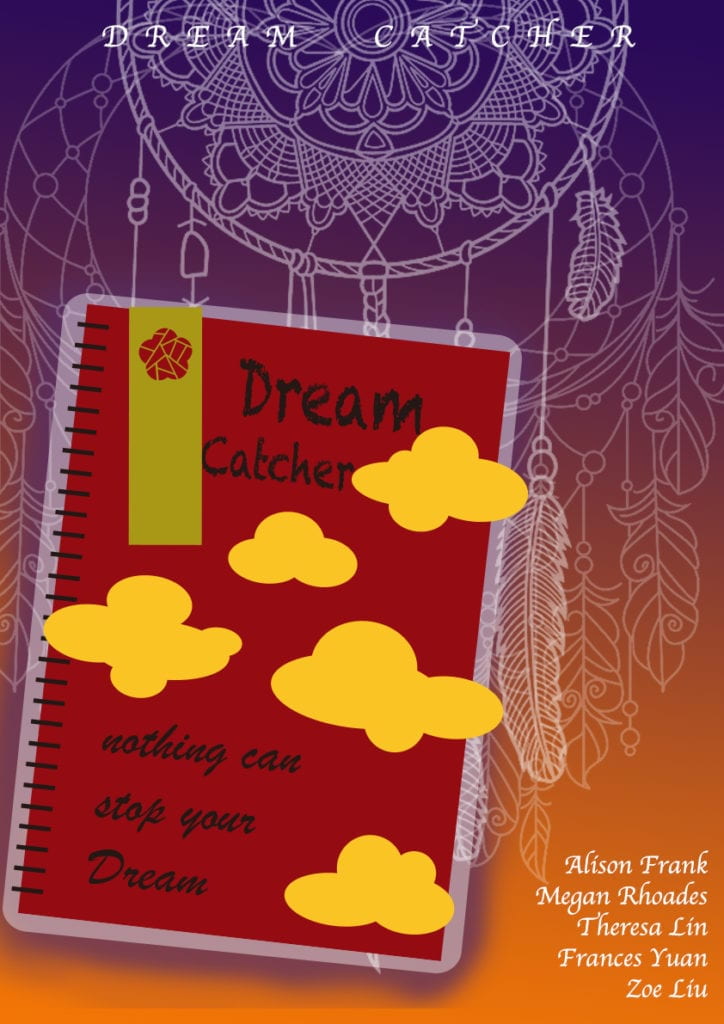Instructor: Marcela
Definition:
Before taking this class, if someone asks me what interaction is, I would say it is one object reacting to another object’s orders or movements, but I have changed my mind now. Crawford put forward in his article The Art of Interactive Design that interaction is “a cyclic process in which two actors alternately listen, think, and speak”. And I think the most important part of this definition is “think”. It is pretty obvious that interaction must involve input and output, while “think” is more often ignored. So, my definition of interaction is a cyclic process in which two purposeful actors alternately receive, process and respond to actions or information.
Project that aligns with my definition:
Design I/O’s Mimic – Putting emotional machines within arm’s reach
This project creates a robotic arm that will react whenever someone moves closer or make gestures. It closely aligns with my definition because it has a range of dynamic moods and actions that is designed to respond to people’s different movements. The arm has its own “personality” and I think it is a great example of “thinking”.
Project that doesn’t align with my definition:
A Wilderness Most Luminous – The Making of Micah Scott’s Forest
This project Forest is a giant tactile color mixer, and it seems to be interactive because people can engage with it by using the spinners to control its color. However, to some extent, it is similar to the refrigerator example that Crawford gives. It changes colors in accordance with the fixed instructions, which is just like turning on the lights when doors open.
https://www.creativeapplications.net/cinder/circle-forest/
Group project:
Our group project is called the Dream Catcher. It is a device that can record people’s dream when they are sleeping and show the dreams to them with a more detailed story after they wake up. And it is interactive according to our definition, because, first of all, it has between two actors (dreamer and the dream catcher) and it has input (recording dreams) and output (retelling dreams). More importantly, it expands our dreams into full narrative stories and pictures based on each person’s preferences. Instead of merely exporting what it receives, it enriches the content then responds.
